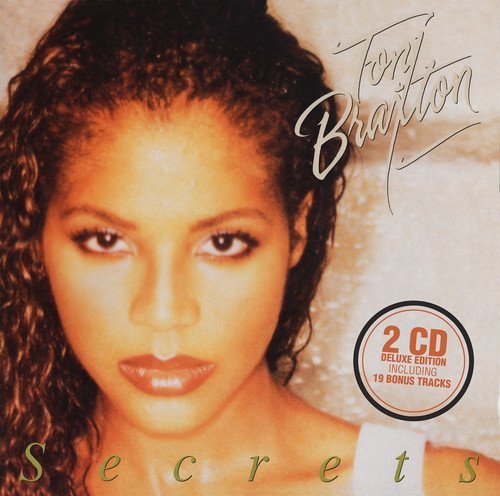
Inflation is rampant in Russia, and the collapsing value of the rouble has triggered panic-buying and food-hoarding among ordinary Russians.
Food prices in Russia will have shot up by 25% over 2014 as Russian's confidence in the country's future starts to evaporate, according to the Association of Retail Companies (ACORT).
The prices are reacting to pre-emptive food hoarding by worried Russians, our sources say. It's not that there's an actual shortage of food. Rather, the price of food is so unstable that Russians are worried that their neighbours are going to start hoarding it — so they're hoarding it first.
One Muscovite resident told Business Insider that ATMs in the city are being routinely emptied by people eager to withdraw as much cash as they can either to change into dollars or purchase goods with before the value falls even further. He said the mood there is unlike anything he had ever seen "including during the crash of 2008-9".
Pork and sugar have risen by 25%, while the price of fish and seafood has also leapt up by more than 15%, according to Russian newspaper Nezavisimaya Gazeta.
The latest data from the official Russian statistics service Rosstat showed that in the first week in December the price of Russian staples continued to rise. Buckwheat, a Russian staple, leapt up by 5.7% while eggs, tomatoes, cucumbers and cabbages rose by between 4.3-6.2% over seven days.
Food prices are helping to drive headline inflation in the country even higher, hitting 9.4% last month according to the Russian central bank.
While the press have been focused on a leap in Russian purchases of high-end cars — a not terribly surprising trend considering that the falling rouble effectively means that rich Russian with large stacks of dollars can now purchase them at a discount — they have overlooked the real story:
Buckwheat.
Buckwheat is something of a leading indicator of Russian consumer sentiment. The grain is used to make bread, porridge, pancakes and local delicacy cutlets. Fears over the future can (and has) resulted in panic buying. Indeed such is the concern that the Russian state has frequently considered building up strategic buckwheat reserves to try to mitigate acute shortages.
Yet these efforts have not been sufficient to hold down the price as it rocketed by 65% this year.
And it's having a massive impact on Russian people's confidence in the future. A study conducted by VTsIOM in late November found that only 51% of those surveyed felt confident in the future, compared to 58% in the third quarter of the year and 61% between April and June. Around 7% of respondents said that they could no longer tolerate the situation.
 Falling confidence and sharply rising prices of staples could be a worrying sign that Russians are losing faith in the authorities' ability to protect the value of the currency. The central bank hiked interest rates again on Thursday by 1%, following a 1.5% increase at the end of October as it seeks to halt further rouble falls. However, following the announcement the rouble shifted lower again with $1 now buying just under 56 roubles compared to 33 at the start of the year.
Falling confidence and sharply rising prices of staples could be a worrying sign that Russians are losing faith in the authorities' ability to protect the value of the currency. The central bank hiked interest rates again on Thursday by 1%, following a 1.5% increase at the end of October as it seeks to halt further rouble falls. However, following the announcement the rouble shifted lower again with $1 now buying just under 56 roubles compared to 33 at the start of the year.
The price rises are predominantly being driven by a 40% collapse in the rouble, according to ACORT executive director Andrey Karpov. Russia imports a significant amount of its food from abroad and these have become much more expensive due to a combination of the falling rouble and tit-for-tat sanctions imposed by the Russian government against imports from the European Union.
In 2013, Russia imported $6.7 billion (£4.3 billion) worth of meat and meat products in total, with more than 20% purchased from countries now on the blacklist.

With no end of the sanctions in sight and inflation continuing to rise it seems as if the Russian consumer is set to be squeezed even further over the next few months. If sentiment turns even more against the rouble on the street, the central bank may have a much harder task on its hands than it currently expects.
















